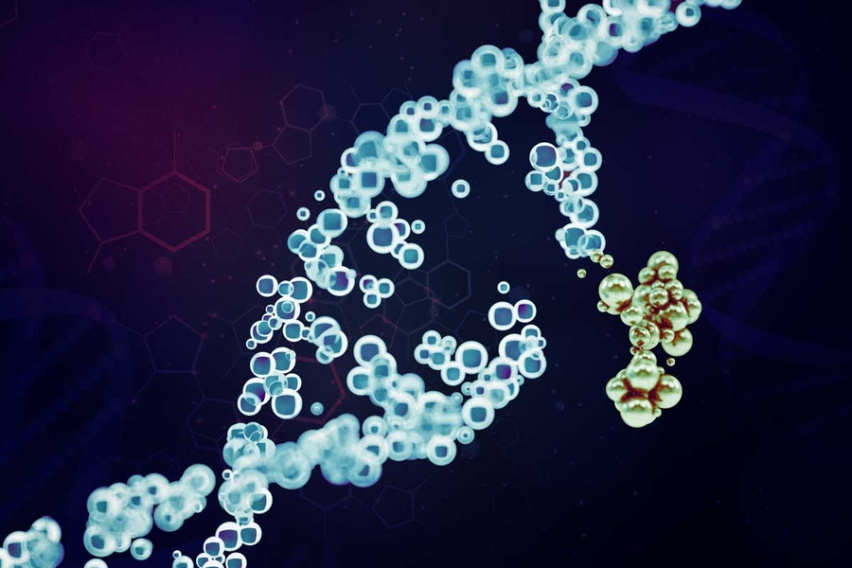Chemical & Engineering News
March 20, 2020
“Nobody ever got anywhere by listening to no," says Chemical & Engineering News about their 2020 Trailblazers. Included on the list are Koch Institute member Paula Hammond, the David H. Koch Professor of Engineering and head of MIT's Department of Chemical Engineering, and Kiran Mazumdar-Shaw, founder, chairperson, and managing director of Biocon and longtime friend of the Koch Institute. Read their stories to discover how they catalyzed their academic pursuits into top-notch entrepreneurship.
